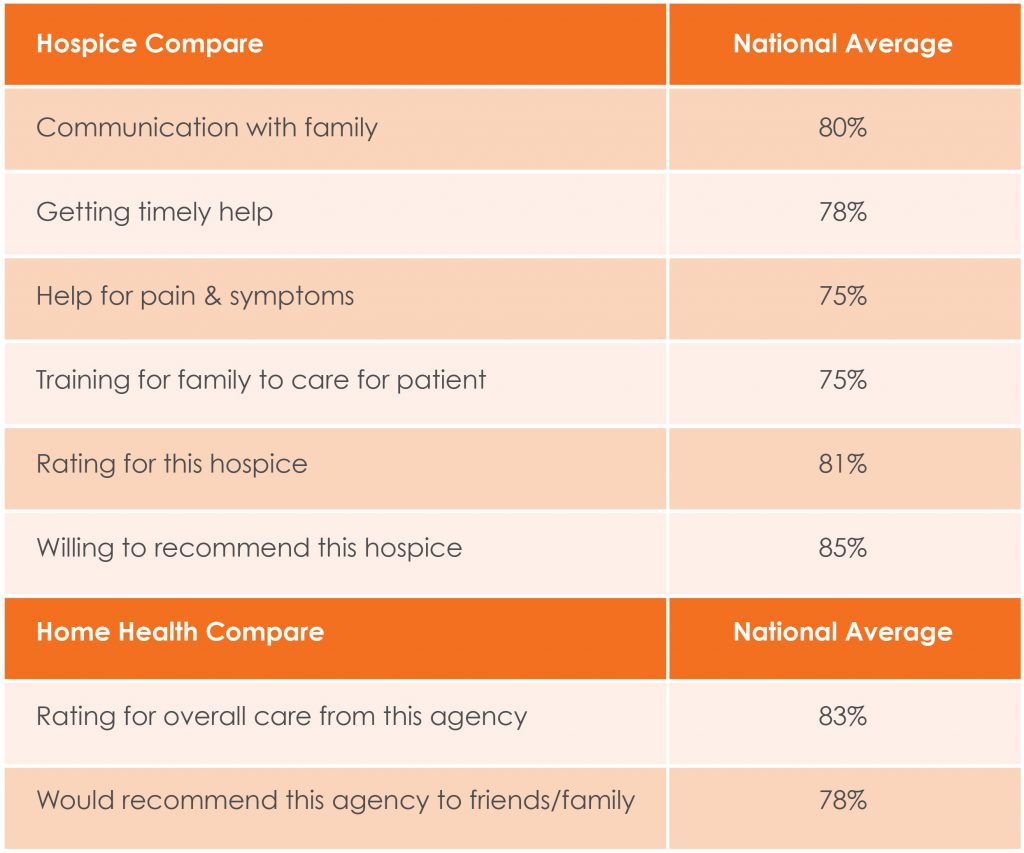Are You Truly Seeing the Patient Experience Through Their Eyes?
“Patient-centered care” has been a mantra in healthcare for years. More recently, “patient experience” is all the buzz. And rightly so.
With surveys from patients and families affecting ratings, reputations and reimbursements, providers of home-based care are more motivated than ever to deliver an experience that’s both effective and elevating. Which is not to say healthcare teams aren’t already passionate about working in the patient’s best interest. But staffing challenges, caseloads, time pressures and reimbursement realities are just a few factors that sometimes make the business of healthcare at odds with the humanity of our hearts and the full strength of our skills.
Listen to Transcend’s Stan Massey discuss patient experience with Cooper Linton, associate vice president of Duke HomeCare and Hospice.
So let’s explore for a moment some of the ingredients that combine to make an exceptional patient experience. And let’s begin by recognizing there’s a difference between patient experience and patient satisfaction – although the terms are often used interchangeably.
As Sara Heath of Xtelligent Healthcare Media points out in her excellent article “What is the Difference Between Patient Experience, Satisfaction?”, the difference has implications for quality improvement:
”The Beryl Institute says patient experience is ‘the sum of all interactions, shaped by an organization’s culture, that influence patient perceptions across the continuum of care.’ (Bold font added for emphasis, which we’ll get to in just a moment).
“Ultimately, the patient experience is about looking at various aspects of the healthcare system – from communication to safety to (care) environment – and determining if they portray quality.
“CAHPS surveys are a measure of patient experience, according to the Agency for Healthcare Research and Quality (AHRQ). These surveys are an objective measure of quality as perceived by patients.
On the other hand, the article continues, “Patient satisfaction is about a patient’s expectations for his or her care encounter, according to AHRQ. In other words, patient satisfaction is a subjective healthcare measure. Two patients can receive the exact same care but have different satisfaction levels because they had different subjective expectations.”
This explanation is helpful to understand how patient experience differs from patient satisfaction. Now about those important bolded phrases above. Two key factors of patient experience are that evaluations must be seen from the patient’s (and family’s) perspective and the experience is largely based on the provider’s culture, greatly impacting how its staff interacts with the patient at every touchpoint.
Too often, outcomes are expressed and communicated in clinical terms rather than how they’re connected to the patient’s goals.
Patients and families do notice and evaluate on some of the disconnects. A quick look at a few of the national average rankings from Hospice Compare and Home Health Compare shows there’s significant room for improvement, especially since the provider’s goal is be at or very near 100% for all criteria:

Of course, the realities of running your organization – including compliance, meeting ever-changing regulations, and reporting the way regulations and payers demand – can detract from delivering the best possible patient experience.
But what if we all started to change the mindset and the language of the patient journey from the first encounter? What if we all trained to listen better and find consistent language to communicate from the patient’s perspective? What if we engrained these practices into our organizations’ culture so that truly patient-centered care became part of each team members’ DNA?
Stay tuned to this blog space for further explorations of this vital topic. You also can download our podcast “Improving the Patient Experience on Their Terms” on Apple Podcasts or search for Transcending Home Care on your favorite podcast directory to hear additional insights. Or to discuss how to start implementing these ideas into your culture sooner rather than later, contact Stan Massey, lead consultant at Transcend Strategy Group.










